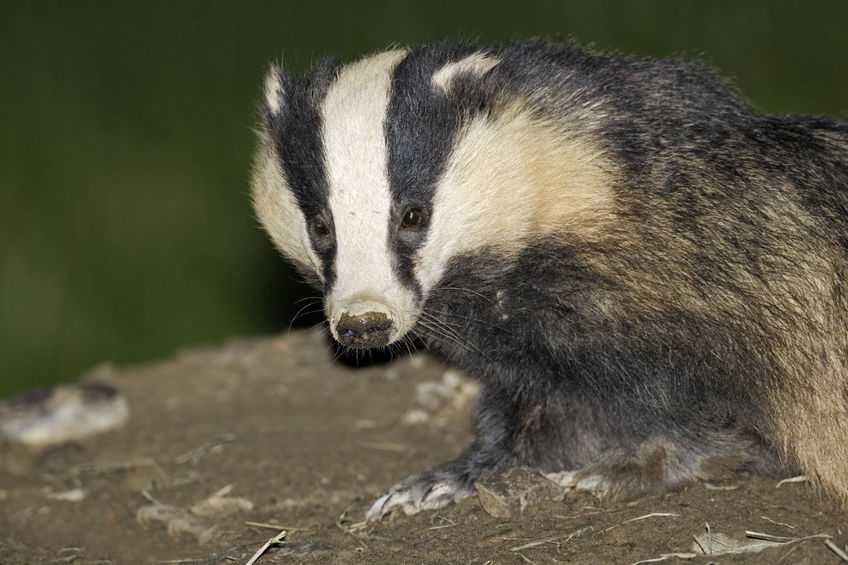
The Northern Irish government has announced additional measures for TB controls, including measures to test badgers in two disease hotspots as a potential introduction to a cull of infected wildlife.
The Department of Agriculture, Environment and Rural Affairs (DAERA) plans to survey badgers for bovine TB and remove infected animals in two areas in Northern Ireland.
The farming industry is currently witnessing "rampant" levels of TB in the countryside, with many farmers at their wits end.
The Ulster Farmers' Union (UFU) has said it is a "small step", albeit in the right direction. The union states that tackling the disease in the wildlife reservoir has, however, been slow.
However, UFU deputy president Victor Chestnutt said that farmers are facing a "rapidly deteriorating" situation on the ground and recognise the need for immediate action.
“Farmers are unlikely to be satisfied by this given the current scale of the problem. They are frustrated by the lack of progress and with a TB program that appears to be addressing only one side of the problem.
“The introduction of more on farm controls does not go far enough to tackle the real underlying problem. Only 0.84% of cattle in Northern Ireland have TB, compared to 17% of badgers. It should not come as a surprise that farmers are pressing for more wildlife intervention,” Mr Chesnutt said.
It is estimated that bovine TB costs taxpayers about £34million per year in Northern Ireland due to testing and compensation payments.
What are the measures?
The measures, which will be rolled out in the coming weeks, are as follows:
• Further application of severe interpretation of skin tests in breakdown herds;
• The introduction of a further herd test after a breakdown herd is derestricted in certain situations, to reduce the risk of further breakdowns;
• A reactor quality assurance pilot to establish baseline data on bTB skin test reactions; and
• The introduction of a biosecurity self-assessment checklist.
